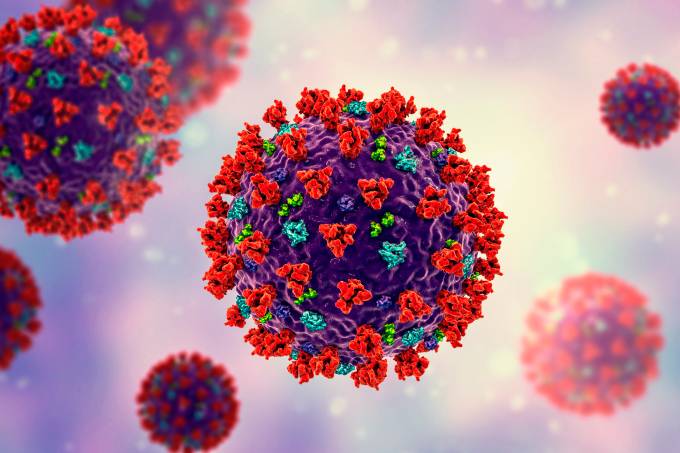Protocol Detail


ATRIAL FIBRILLATION/ FLUTTER:
There are many similarities between atrial fibrillation and atrial flutter, there are also significant differences.Atrial flutter is an abnormality of conduction within the atria and, as with Atrial Fibrillation, the ventricles work normally.
Diagnosis
No P-waves, irregular rhythm- usually instantly recognizable.
Flutter usually has a 2:1 block with a regular looking ventricular rate of beats per minute.
Fibrillation is usually irregularly irregular with a rate of -180 bpm.
Types of AF:
· Paroxysmal Atrial Fibrillation: Sudden onset episodes. 50% spontaneously revert within 24-48 hours,
· Persistent Atrial Fibrillation: As above but lasts days-weeks,
· Chronic Atrial Fibrillation: Demonstrated inability to maintain sinus rhythm.
Try to establish a cause:
Cardiac:
· Ischaemic heart disease,
· Heart failure,
· Valvular heart diseas,
· Sick Sinus Syndrome,
· Pericarditis/ Myocarditis.
Non-cardiac:
· Sepsis,
· Pulmonary Embolism,
· Thyrotoxicosis,
· Electrocution,
· Trauma,
· Hypokalaemia,
· Hypovolaemia,
· Hypothermia,
· “Holiday heart” – alcohol!
Causes 25% of CVA’s in patients over 80 years.
Management
1. ABC’s, Resuscitation as required,
2. IV access,
3. FBC, U&E’s, Cardiac enzymes and Thyroid Function Test
4. ECG,
5. CXR,
6. Thromboembolic protection:
· Long term antiocoagulation must be considered in AF after risk stratification and in those undergoing electrical or chemical cardioversion,
· Risk stratification:
· High Risk:
Those with previous thromboembolic event, longstanding mitral valve disease should receive long term Warfarin,
· Moderate Risk:
Hypertension, >65yeras Left Ventricular dysfunction or history of heart failure or diabetes.
Warfarin should be commenced after clinical judgment. More risk factors increases embolic event risk,
7. Low Risk:
· Under 65years, normal echocardiography, no Hypertension or other risk factors probably should not receive Warfarin but might benefit from Aspirin
· Rate control:
· Direct current (DC)conversion if unstable and heart rate >150,
· Digoxin 0.5 mg orally followed by 0.25-0.5mg every 4-6 hours up to 2.0 mg in 24 hours 9slow and contraindicated in Wolf Parkinson White),
· Metoprolol 25-100 mg PO or 50 mg IV (IV route rarely necessary) or,
· Verapamil 1 mg/min IV in increments up to 10 mg or 160-480 mg PO or,
· Procainamide IV if very rapid and associated with Wolf Parkinson White.
8. Reversion to sinus rhythm:
· Any patient who is haemodynamically unstable, has angina or has wide complex AF should be revereted,
· All newly diagnosed patients are generally reverted (50% spontaneously revert with 24 hours),
· If haemodynamically stable commence oral Digoxin 0.5 mg with 0.25-0.5 mg 6 hours later,
· Flecanide 2 mg/kg IV over 30 mins. (Contraindicated in IHD, CCF, structural heart diseases or age > 55) may be repeated,
· Amiodarone 300 mg IV over 1 hour is a suitable alternative to above,
· Elective DC conversion after full anticoagulation achieved,
· Rhythm can be maintained after cardioversion with Amiodarone (initially) 200-400 mg tds, Digoxin or Metoprolol 50-100 mg Daily.
9. If AF duration is < 24 hours hours and not associated with electrolyte disturbance, heart failure, instability or persistent symptoms then rate control is the priority and patients can probably be discharged for review the next day
10. All patients with new AF should have an Echocardiogram soon after discharge.









